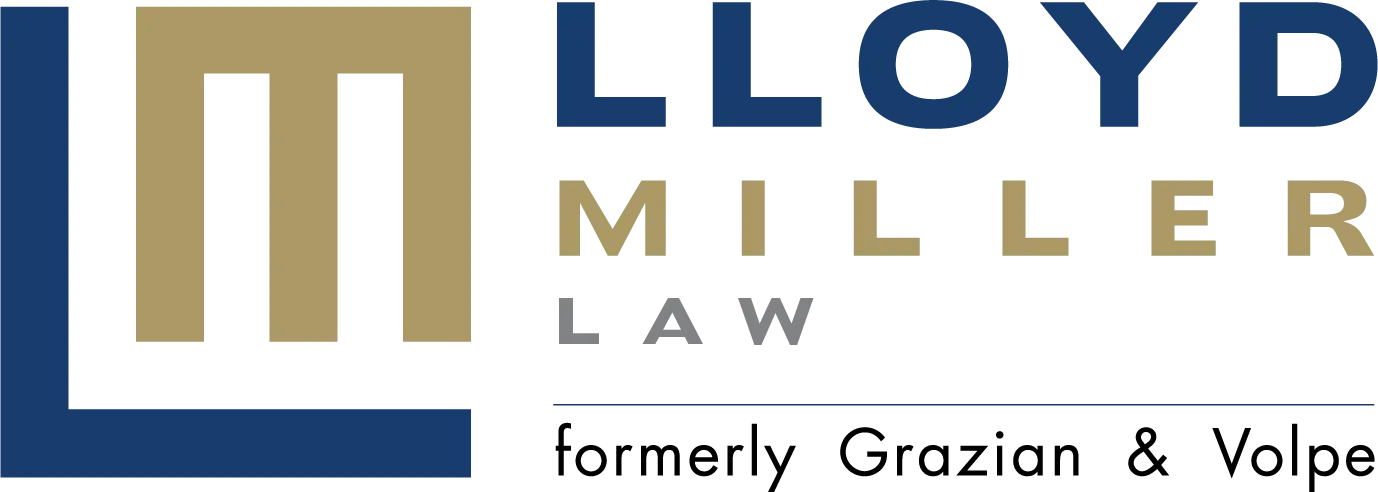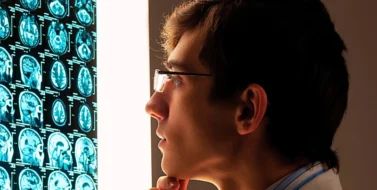People sometimes suffer from cervicogenic headaches after a car accident. In a rear-end auto collision, whiplash, or an acceleration flexion-extension neck injury, often occurs as a result of the forces acting on the body. While a properly set headrest can minimize incidences of whiplash, most drivers (approx. 90%) don’t have their headrest in the right position: the headrest is best set so that the top of the headrest is above the driver’s ears with less than four inches (4”) between the back of the head and the headrest. Failure to properly set one’s headrest can increase the risk of whiplash by up to six-fold.
Whiplash usually leads to cervical strain or cervical sprain, but it may take days or even weeks until you begin to feel the effects of a rear-end collision. Moreover, headaches themselves are common secondary injuries in car crashes, especially rear-end crashes that involve whiplash. Yet, a headache can have more than 300 differential diagnoses. A cervicogenic headache is but one of many chronic headaches, and, while it is a common one, it is often misdiagnosed.

The attorneys at the law firm of Grazian & Volpe have handled hundreds of auto crash cases and understand the medicine related to post-traumatic cervicogenic headaches. In this blog, which is part of a series on spinal injuries caused by auto accidents, we shall explain what a cervicogenic headache is, how a cervicogenic headache is diagnosed, and what is done to treat a cervicogenic headache.
Table of Contents
Post-Traumatic Cervicogenic Headaches
The neck, also called the cervical spine, consists of seven (7) vertebrae, labelled C1 through C7; their corresponding cervical nerves; and muscles and ligaments. Of those seven vertebrae, C1, also known as the atlas, connects the skull to the spine; C2, the axis, allows for rotation of the head; and C7 connects the neck to the upper back (the thoracic spine) at the shoulder level. When whiplash occurs, it is the cervical region of the spine that usually becomes injured.
A cervicogenic headache is a secondary headache, meaning it is a result of another injury, such as cervical osteoarthritis (spondylosis), a damaged disc, or whiplash resulting in the irritation or compression of a cervical nerve. At times, the symptoms associated with a cervicogenic headache may mimic that of a migraine. At first, the pain may be only intermittent; but then it often spreads to one side of the head (unilateral) and may become continuous. Additionally, cervicogenic headaches can be exacerbated by certain neck positions or neck movements. Cervical nerves C1, C2, or C3 are often where the underlying injury exists in cervicogenic headache cases because these nerves enable movement and sensation of the head and neck.
Signs and Symptoms of Cervicogenic Headaches
The International Headache Society (IHS) defines a cervicogenic headache as:
- Pain, referred from a source in the neck and perceived in one or more portions of the head and/or face, fulfilling paragraphs C and D below.
- Clinical, laboratory and/or imaging evidence of a disorder or lesion within the cervical spine or soft tissues of the neck known to be, or generally accepted as, a valid cause of headache.
- Evidence that the pain can be attributed to the neck disorder or lesion based on at least one of the following:
1. demonstration of clinical signs that implicate a source of pain in the neck;
2. abolition of a headache following diagnostic blockade of the cervical structure or its nerve supply using placebo- or other adequate controls. - Pain resolves within three (3) months after successful treatment of the causative disorder or lesion¹
Other symptoms may include:
- Stiffness in neck
- Nausea and/or vomiting
- Dizziness
- Blurred vision
- Sensitivity to light or sound
- Pain in one or both arms
- Mobility difficulties
Diagnosis of Cervicogenic Headaches
Cervicogenic headaches can be diagnosed by x-ray, MRI, and CT scan. However, these tests are not necessarily conclusive. The only dispositive diagnostic test for cervicogenic headaches is the use of nerve block injections.
In a nerve block injection, an injection is made into the medial branches of the nerves that supply the cervical facet joints (learn more about facet joints and facet joint injuries in our previous blog, here). If the headache is a cervicogenic headache, then the injection should bring immediate relief to the patient’s pain, thus confirming the diagnosis.
Long Term Treatment of Cervicogenic Headaches
Treatment of cervicogenic headaches usually begins with over-the-counter non-steroidal anti-inflammatory medications, such as aspirin, then moving on to a prescription anti-inflammation and/or pain reliever if not effective. Other treatments include trigger point injections, facet joint blocks, nerve blocks, radiofrequency pulse ganglionotomy, and, rarely, spine surgery.
The good news, however, is that, according to one study, incidences of cervicogenic headaches decreased to almost none after one year from the date of onset and that a full recovery is expected in most cases.
If you have suffered from neck or headache pain due to someone’s negligence, getting an accurate diagnosis of your injuries is crucial. It is important to be informed and to utilize qualified medical professionals and experienced personal injury lawyers to help you fully recover. Call attorney Kurt D. Lloyd of Grazian & Volpe today at 773.838.8100, or fill out our online form for a free consultation.
The above article was written by Kurt D. Lloyd of Grazian & Volpe. Kurt Lloyd has been practicing personal injury law in the Chicagoland area for over 30 years and has helped his clients win more than $355 million in jury verdicts and settlements from insurance companies and corporations. Kurt helps his injured clients regain their lives after injury. The information provided comes from his extensive legal and medical research and years of experience trying injury cases in courtrooms throughout Illinois.





